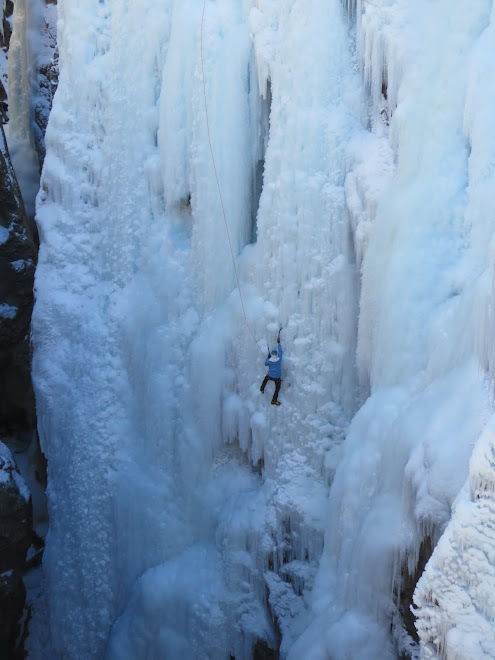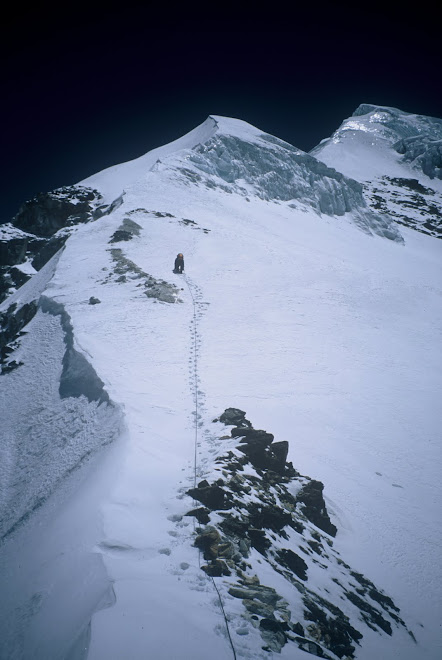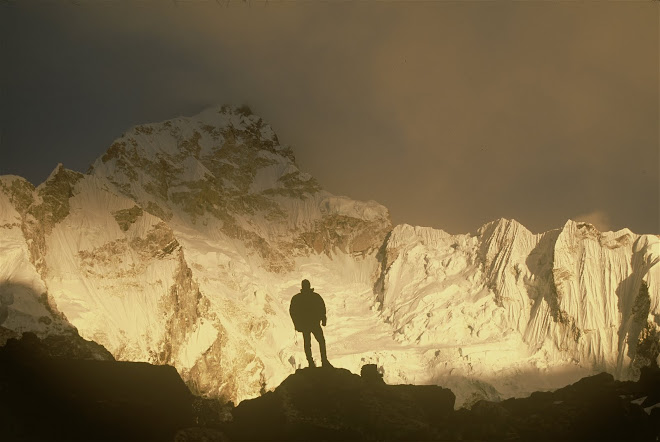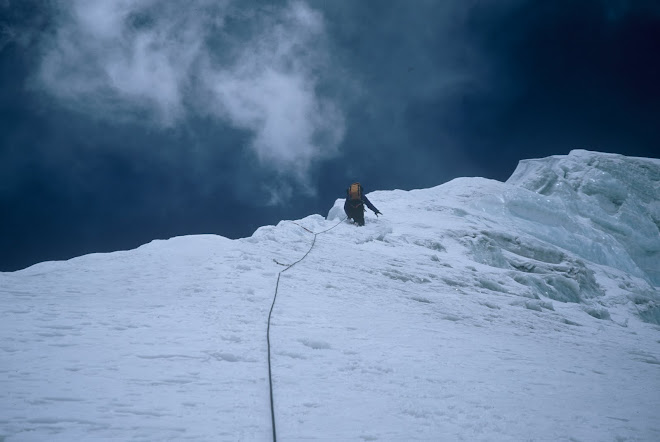What clients have to say....
True to his word, Matt was committed to safety on our trek to Nepal.He is knowledgeable, organized and has a positive attitude which is infectious. Matt is well loved in the communities we visited. The respect and admiration he has developed with the Nepali people created a unique, enhanced and truly exceptional experience for our group. Thanks, Matt! October 2013 Trek.
K. Baker
Going to Nepal was like stepping into the pages of National Geographic with the color, chaos and crowds of Kathmandu to the breathtakingly beautiful snow capped Himalayas. Matt had said we would stay with friends (I read business associates; I was wrong). These people were Matt's second family and they treated us as family. I didn't have as much vacation time as the rest of my group, so I returned early. It snowed one night and the inn keeper, Urken wouldn't let me leave until the trail was broken. A little while later I looked out the window and Urken was up on the mountain checking the trail for me. He came back in and said it was safe to go now. Later as I was crossing one of many suspension bridges, my porter, Prem, ran ahead of me to stop the yak train from starting across the bridge until I had finished crossing. With Matt's group you're not a tourist, you're part of Nepal, you're family.
Namaste,
Kathy
“It has been years since I went with Matt and his crew to Ama Dablam and crazy as it sounds, it still feels like yesterday. The experience was one that is hard to put into words, when you are there amongst the people and grandeur of the Himalayas you feel all at once small and insignificant, yet more real and present than ever. I carry the essence and spirit of that journey with me everyday. Just go… more than that, go with Matt.”
I was just shy of 60 when I did the Everest Trail Trek with Matt. It was one of the most memorable events in my life! I loved it! And I learned some trekking lessons that apply to the rest of life, as well---like "Pace yourself." Those of us who did pace ourselves made it to the magnificent Everest Base Camp area at 17,000'. Throughout the entire trek we always felt secure with wonderfully kind Sherpas always there to lend a hand and encourage us onward. It was a grand initial experience into trekking that held so very many gifts from beginning to end.
Port Townsend
"My trips to Nepal with Four Winds were life-changing experiences, in the best possible way. Being halfway around the world, in an unfamiliar place, thousands of miles away from everything you know, can be a scary situation, but when you're with Matt, there's a comfort level. It feels like all of Nepal is your family."
M. Mahoney
Yes, the trek stands out as one of my life's most amazing experiences, certainly because of the Himalayas magnificence, but also due to our group's lighthearted, playful camaraderie, the welcoming arms of the locals at the teahouses where you had been before, evening card games, and the way you kept us always under your protective eye ... checking every day for our oxygen saturation levels, making sure we drank enough water, stopping for rest when needed, and also encouraging us along, like on Gokyo Ri, for those last panting steps, so that I might not miss the view of one of the world's most spectacular, breath-taking sights ... and yet, I never felt pampered or stifled, as you simultaneously offered ample space for us to move in our own rhythms, moods and pace.
If I never properly said thanks to you before for all that Matt ... Thanks!!! ... the experience will continue to resonate within me for my lifetime!
Some things that are extraordinary about Nepal and going with Four Winds. Kids smiling faces, fluffy clouds, the aroma of incense, village life, and the journey in the mountains. I especially liked the pace of the trek. I could go at my own pace and felt comfortable. Tim S.
With Matt I have successfully climbed a 6000 meter peak and a 8000 meter peak in the Himalaya even though I suffer from a liver disease. The first was Naya Kanga, 6000M, post -monsoon , in the Langtang region near Ganga La. The friends I made have become lifelong best friends, not only the fellow trekkers but the sherpas as well, like Singi and Sangi who brought me milk tea (Dudh Chai)and cheese on the descent. The Four Winds staff, assistants and Sherpas, make the journey possible. When climbing Cho Oyu from Tibet we spent 7 weeks in the Dingri Region and 4 weeks above 20K feet, climbing to 27,500 feet without oxygen. Matt, being the consummate guide escorted a sick teammate back to BC. Two of the five members made the summit. When I go back it will be with Four Winds and fortunately with Matt who also had a serious illness sidetrack him, but who has already made his recovery and found his way back to the Himalayas. This is the true meaning of meeting life's challenges, and this is what you can achieve with Four Winds. Hope to see you on the high mountains. Namaste!
Glen Anders
Matt and Four Winds Himalayan Guide Service kindled in me a deep love of alpine climbing on my first trip to Nepal in 1999. This first trip taught me a lot and I have returned to Nepal with Matt four times since. Matt has a deep love and respect for the indigenous culture of the Sherpa people of the Khumbu, and in his 20 year dealings with the people in that region, he has established many deep friendships; it is especially remarkable to share in these connections with him. I have always felt safe when climbing with Matt. He has developed good mountain sense over the years, and his motto "may the four winds blow you safely home" is a propos of his climbing philosophy which holds safety in high regard. Matt is also a fountainhead of ideas, and has always provided a source of inspiration for those seekers who take to the mountains. I have learned a lot from Matt's personal struggles with aplastic anemia, and his return to active climbing continues to inspire many people to see mountains as metaphors for the challenges we all face in life. I have Matt to thank for what has developed into a life-long passion for me. It all started with one trip to the Himalaya.
My journey to Nepal with Matt and Four Winds was inspirational and life-transforming. Matt's expertise in guiding allowed us to safely explore the exquisite beauty of the Himalayas and experience Nepal's fascinating culture. We always felt welcome wherever we went, as Matt has formed incredible connections with the people of Kathmandu, the sherpas who gently encouraged us, and the families who brought us into their homes and fed us delicious meals. Nepal is a hiker and climber's paradise and an adventurer's dream. It's beauty is truly divine. The journey has made a permanent impact on the way I live my life, appreciate nature and take risks. I highly recommend traveling with Four Winds! Aileen P.
The smell was of burning lantern oils and incense. The colors were the bluest of blues for the sky and the whitest of whites for the clouds. The sounds were of another language, and the ringing of yak bells were soothing to my ears late into the night. The touch of the air was bitter cold in a soothing way. The taste of the food was bland, yet sweet and interesting to my taste buds. When I close my eyes and think back on this journey , it was the most romantic thing I have aver experienced on my own. I have returned with Four Winds 3 times. David Frisk
“Thank you Matt for my wonderful trip to Nepal. It really changed my life forever” Jeanne
Matt, I wanted to officially thank you for a seamless trip to Nepal which you made fun and easy. The trip and all its details were extremely well thought out. With all your planning, I never had to worry about any of the details one would normally have to deal with when traveling half way around the world. I also felt priviledged and protected to be under the many watchful eyes of all the friends you have made over the years (Gombu, Qayoom, Dawafuti & family, Tsedem, etc). Even when I branched off on my own your friends were there to make sure I was safe and happy (Hira, Ramesh, etc). If it wasnt for you and your flexible, can-do attitude, I would never have made this trip to the wonderful and amazing Nepal. D. Oxford
My trip to Nepal was life alterning and I owe so much of that to Matt and his team. He has such a passion for the country and the people that my trip was anything but ordinary. While we were taken to many of the main tourist attraction sites, we were also shown sites of Nepal that few tourists rarely see. My trek back to the 5th holy lake at Goyko will forever be in my heart as one of the greatest experiences of my life. Matt was in constant communication about changes to the intinerary (a common fact when traveling in the third world) and always worked diligently to ensure that things went as smoothly as possible, and that we were getting the best experiences everyday. His easy going personality allows for lots of laughs with quick and lasting bonds being formed. I am grateful to have found Matt and his team. I didn't have one bad expereince on this trip and I look forward to when I will be able to go again!





















